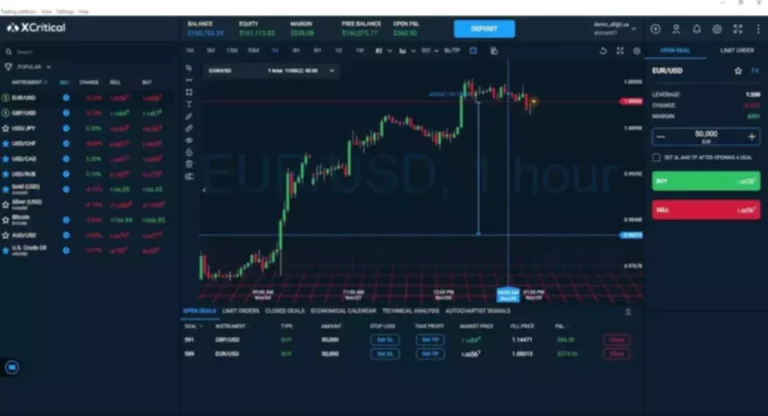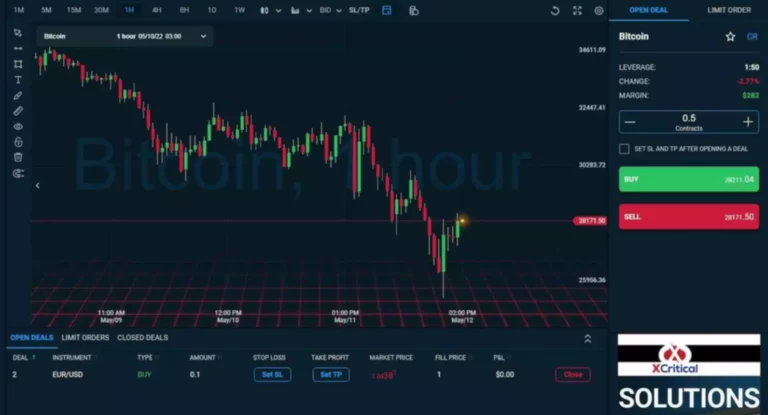Alternately, liquidity suppliers could also be given new liquidity pool (LP) tokens. DeFi’s development has been significantly fueled by yield farming, which enables users to optimize their cryptocurrency holdings and facilitates the graceful operation of platforms and protocols. Yield farming has numerous dangers even if it appears to be a risk-free investing strategy. Gaining data about yield farming may help you optimize your cryptocurrency holdings, something that many owners are unaware of. Yield farming refers to depositing tokens into a liquidity pool on a DeFi protocol to earn rewards, usually paid out within the protocol’s governance token. Yearn Finance routinely moves user funds between various lending protocols to maximize returns.

Your cryptocurrency holdings would no longer be stored in your pockets or an change due to this concept. Conversely, yield farming rates could be compelling enough to borrow your cryptocurrency holdings by way of DeFi protocols in trade for producing favourable returns. Since the summer season of 2020, the amount of yield farming options has increased considerably and a few yield farmers utilise multiple protocols to maximise and diversify their positive aspects. Popular yield farming protocols embody AAVE, Curve, Uniswap, THORChain and Yearn Finance. For instance, depending on the contract, the farmer may be able to instantly remove the funds or should hold it locked for a predetermined variety of days. Additionally, some tasks are more respected and safe than others, so make sure to research which platform, danger degree and yield farming technique appeals most to you.
Defi Yield Farming Platforms
APR, or the annual proportion rate, is the projected fee of return on a selected funding over a period of 1 12 months. APY, or the annual share yield, is the estimated price of return that can best yield farming platform be gained over a interval of 1 12 months on a particular funding. Yield farming could appear very comparable at first look — and, in fact, staking could be a form of yield farming.

With decentralized finance (DeFi) reworking the standard monetary scene, yield farming has become a worthwhile venture for investors seeking to optimize their earnings. We’ll dive into the context of DeFi yield farming on this beginner’s guide, explaining what it is, the method it operates, and any possible hazards or rewards. This tutorial will train you the fundamental data you need to successfully navigate the fascinating world of yield farming, regardless of your level of expertise with DeFi. These methods are used to provide buyers methods of earning passive revenue on their crypto belongings. This allows them to earn yield from the curiosity that debtors pay on their loans.
What Is Yield Farming?
If you’ll be able to abdomen the chance, yield farming may be an exciting method to earn yield on your crypto. However, you must conduct your own analysis and never make investments more than you can afford to lose. Finally, the yield you obtain right now is most likely not the yield you obtain tomorrow. High yields tend to compress as more yield farmers start to transfer funds right into a high-yielding farm, affecting your returns.

Platforms that distribute tokens improve token circulation, which helps boost user participation and liquidity. Additionally, if tokens provide governance rights, they assist platforms preserve more healthy levels of decentralization. What’s the easiest way of figuring out the way to yield farm with as little risk as possible? Dedicated instruments exist to work out the doubtless value, for instance, predictions exchanges, which monitor adjustments in non-stablecoin token costs.
For occasion, DeFi protocol Harvest Finance was the sufferer of a multi-million greenback flash loan attack in 2020. Although there are tons of yield farming methods — each active and passive — the three main elements are staking, lending, and providing liquidity. One of those new methods began on Compound, a borrowing and lending protocol constructed on Ethereum. Compound distributed COMP tokens to its users, granting them governance rights to affect protocol activities and increase engagement.
Yield Farming Dangers
This website is utilizing a safety service to protect itself from on-line assaults. There are several actions that would trigger this block including submitting a certain word or phrase, a SQL command or malformed data. Circle Yield permits https://www.xcritical.com/ institutional buyers to generate interest by lending out USDC via overcollateralized loans. Yield farming refers to different yield-generating strategies an investor can pursue in DeFi.
In yield farming, the stake farming methodology concentrates on safeguarding the deposits somewhat than providing trading freedom. When in comparison with liquidity pool farms, stake farms may present customers with a extra efficient expertise. Another yield-generation technique that has buyers involved is stake farming.

Within a single day of buying and selling, Compound turned the highest DeFi protocol, reaching practically $500 million in staked value. Activity because of Compound’s token distribution remained comparatively robust with varied spikes in activity till the top of 2021. Borrowing requires the yield farmer to lock up their preliminary tokens as collateral and receive a loan of another token instantly. The farmer can then earn curiosity with this token through lending or contributing it to a liquidity pool. This method, the farmer will get to maintain their initial tokens whereas incomes yield on their borrowed belongings.
Whenever somebody exchanges these two tokens or coins on a decentralized change, the liquidity provider will get a small reduce of the transaction fee. An instance of trade mining innovation is Integral, a hybrid decentralized trade using an AMM/order e-book model. Since its inception in March 2021, Integral has distributed ITGR governance tokens to merchants taking part in incentivized swimming pools, probably revolutionizing the yield-farming crypto space. Making essentially the most of your cryptocurrency holdings with out letting them lie round is feasible with yield generation or farming.
Risks Of Yield Farming
Yield farming entails depositing funds into decentralized protocols in exchange for interest, usually within the form of protocol governance tokens or other monetary rewards. Consequently, yield farming supplies both passive and energetic opportunities for users to put their capital to work when it in any other case could additionally be sitting idle. To start yield farming in DeFi, you’ll want to attach your cryptocurrency pockets to a DeFi platform that gives yield farming opportunities.

The native Liquity coin, LQTY, is how users get their yield farming advantages. The Ethereum community, which is now driving the DeFi movement, is the principle focus of its cryptocurrency lending business. When coping with conventional banks, you have to pay back a loan plus interest.
While the yield farming course of varies from protocol to protocol, it generally includes liquidity suppliers, additionally referred to as yield farmers, depositing tokens in a DeFi software. Uniswap is among the most famed decentralized exchanges and AMMs, known for its iconic unicorn mascot and reliability in buying and selling ERC-20 tokens and Ethereum. On Uniswap, customers can create liquidity pools for buying and selling pairs of ETH and ERC-20 tokens. The constant product market maker mechanism adjusts the trade fee based on liquidity changes, producing quite a few buying and selling alternatives. In LP farms, trading is restricted to the cryptocurrencies provided by liquidity providers. Decentralized finance (DeFi) platforms incentivize liquidity suppliers with LP tokens, representing their deposits in the pool.
Yield Farming: What’s It And The Way Does It Work?
Yield optimization is a strategy utilized in yield farming to maximize returns by efficiently managing and reallocating property across various platforms. However, it should only be carried out by the most astute buyers who can face up to or not care in regards to the dangers of value volatility, rug pulls, and regulatory actions. For example, when the crypto markets are risky, customers can expertise losses and worth slippage.
Explained merely for beginners, it’s a approach to maximize the potential profitability of your cryptocurrency by placing it to work as a monetary tool. Similar to arbitrage mining, commerce mining entails earning token rewards via trading actions. However, the key distinction lies within the simplicity of trades conducted solely to earn rewards. After that, users would contribute LUSD stablecoin to the pool, which would serve as the background for the liquidity lending protocol.
These dangers include impermanent loss, good contract vulnerabilities, market volatility, liquidity dangers, regulatory uncertainties, overleveraging, and unknown protocol dangers. It’s important to grasp these dangers and apply proper threat administration when collaborating in yield farming. It’s essential to inform apart that simply investing in ETH doesn’t represent yield farming. Instead, yield technology involves activities like lending out ETH through decentralized, non-custodial cash market protocols. Rewards within the form of tokens can then be deposited into liquidity pools, permitting customers to maneuver funds between completely different protocols in pursuit of upper yields. A liquidity pool is a group of digital assets locked in a smart contract on a decentralized change to facilitate buying and selling and lending.


Recent Comments